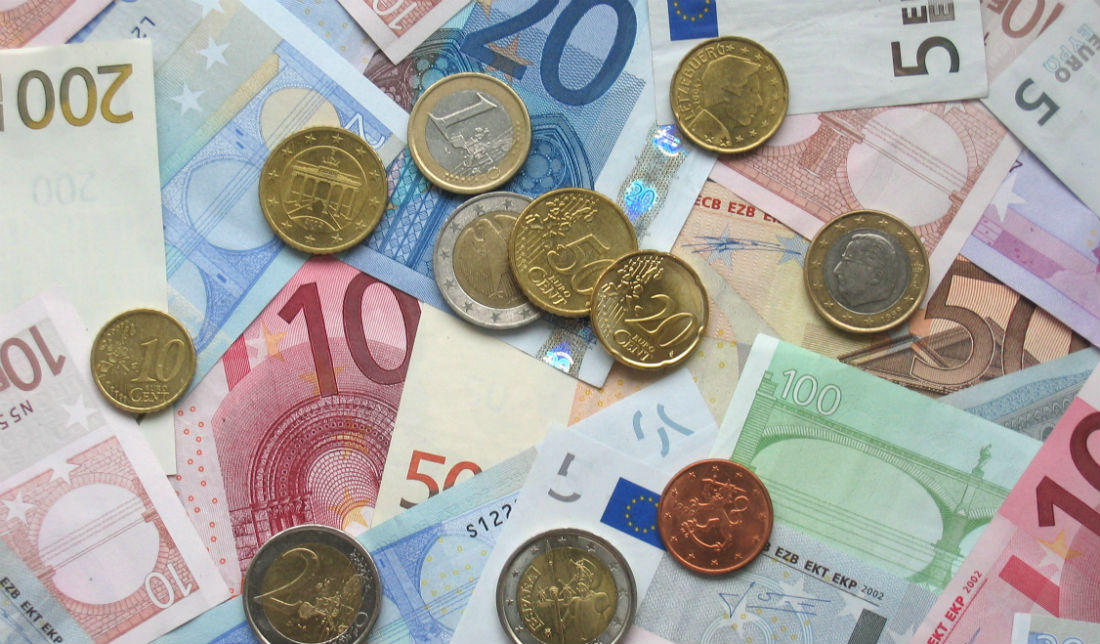Quantitative Easing: What does it mean for the European economy?
Everything you ever wanted to know about Quantitative Easing but were too afraid to ask…
The European Central Bank (ECB) announced this week it will inject 1.1 trillion (1,100,000,000,000) Euros into the floundering Eurozone economy.
ECB President Mario Draghi suggested the move was made to “address heightened risks of too prolonged a period of low inflation”.
This process, known as Quantitative Easing (QE), is designed to stimulate the Eurozone economy and steer the continent away from another recession – a challenging task in the face of heightened deflation.
It’s a term we’ve heard a lot of in recent years, but what exactly is Quantitative Easing? Fortunately our friends at the BBC have put some time into describing this complex finance play in laymen’s terms.
Now you know what it is, what outcomes should we expect from QE?
James Sproule, chief economist at the Institute of Directors (IoD) provided us with the following comments:
“Ultimately, QE on its own risks setting the Eurozone on the road to Japanese-style stagnation and deflation. QE is not, should not and cannot be seen as a substitute for the kind of structural reforms to labour and product markets that the EU so desperately needs.”
He goes on to say: “The problem across much of the Eurozone is a lack of entrepreneurialism, as rigid and anti-competitive systems hold back enterprise and growth. Much greater liberalisation of product markets is necessary and we must appreciate and accept that the disruption this causes will lead to a degree of creative destruction.”
Sproule also believes that QE will have no discernable effect on unemployment levels across Europe – despite the general good health of the economy. High European unemployment remains a structural issue, and businesses are unwilling to hire because of a desire to avoid the significant liabilities of employment that still characterises Eurozone labour markets.
So how exactly does QE differ to the financial practices adopted outside of the Eurozone?
Sproule explains: “European businesses are far more dependent on bank debt than their American counterparts. In order for Eurozone QE to work, European banks have to use the new cash to lend, which in turn means they must be confident that their existing balance sheet is solvent and that the new loans they make are equally prudent.”
In closing, Sproule makes a recommendation for the European Union going forward:
“Member states need to work quickly to liberalise social and employment law, complete the single market in services and embrace digital innovation. The risk now is that QE blunts the desperate need for wider economic reforms.”
